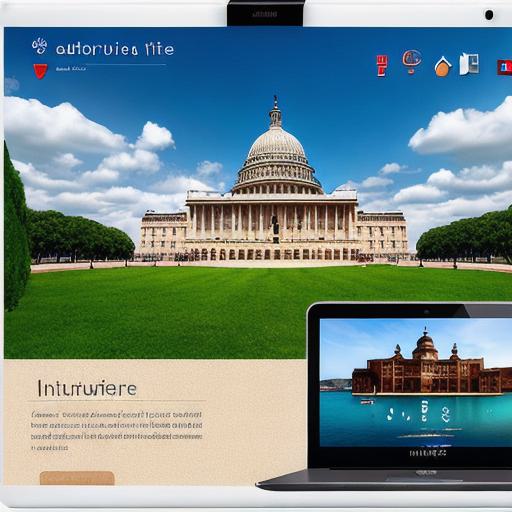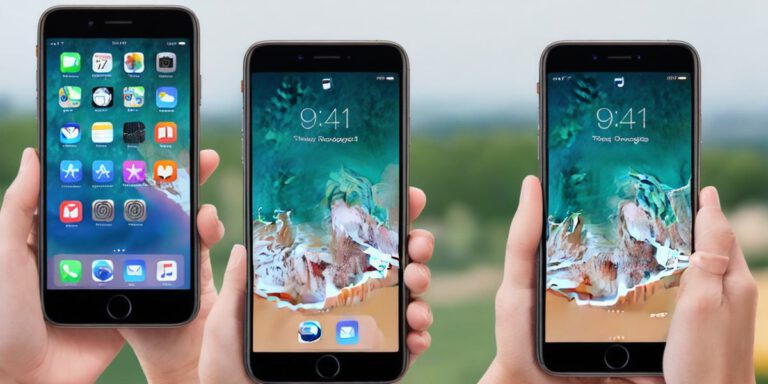Unlocking the Power of ARKit: A Comprehensive Guide for Developers

Introduction
Augmented Reality (AR) technology has transformed the way we interact with digital content, and ARKit is Apple’s powerful tool for creating immersive AR experiences. In this comprehensive guide, we will explore the capabilities and potential of ARKit, providing real-life examples and case studies to illustrate its use in various industries. We will also discuss best practices for developing engaging and effective AR applications.
What is ARKit?
ARKit is a set of tools and frameworks provided by Apple for developers to create AR experiences on iOS devices. It allows users to overlay digital content onto the real world, creating an interactive and immersive experience that blends physical and digital elements. ARKit provides a range of features, including object tracking, scene management, and gesture recognition, making it easy for developers to create complex AR applications with minimal coding.
Applications of ARKit
ARKit has a wide range of potential applications across various industries. Here are some examples:
- Education: ARKit can be used to create interactive educational experiences that enhance learning by overlaying digital content onto physical objects or environments. For example, an AR app could provide additional information about a historical landmark when the user points their device at it.
- Retail: ARKit can be used to create virtual try-on experiences for products, allowing customers to see how items would look on them before making a purchase. This has been demonstrated by IKEA’s AR app, which lets users see how furniture would fit in their home before buying.
- Healthcare: ARKit can be used to assist in surgical procedures, providing real-time visualization of the patient’s anatomy and allowing surgeons to make more accurate incisions. For example, the University of California, San Francisco has developed an AR app that helps surgeons plan and execute complex cranial surgeries.

- Tourism: ARKit can be used to create immersive travel experiences that allow users to explore historical sites and landmarks in a more engaging way. For example, the National Park Service has developed an AR app for Yellowstone National Park that lets visitors see what the park looked like before it was nationalized.
Development Best Practices
When developing an ARKit application, there are several best practices to follow to ensure that the experience is engaging and effective. Here are some tips:
- Keep it simple: ARKit applications should be easy to use and navigate. Users should be able to understand how the app works quickly, without needing extensive instructions or tutorials.
- Use real-world objects as anchors: ARKit applications should use physical objects in the real world as anchors for digital content. This helps users to understand the relationship between the physical and digital elements and makes the experience more immersive.
- Optimize performance: ARKit applications can be resource-intensive, so it’s important to optimize performance to ensure that the app runs smoothly on a wide range of devices. This can be achieved by using efficient coding techniques, reducing the amount of data being processed, and minimizing the number of frame updates.
- Test extensively: ARKit applications should be tested extensively across a range of devices and environments to ensure that they work as intended and provide a positive user experience.
Summary
ARKit is a powerful tool for developers looking to create immersive and engaging AR experiences on iOS devices. Its wide range of potential applications and ease of use make it an attractive option for developers across various industries. By following best practices for development, including keeping it simple, using real-world objects as anchors, optimizing performance, and testing extensively, developers can create successful ARKit applications that provide a positive user experience.








